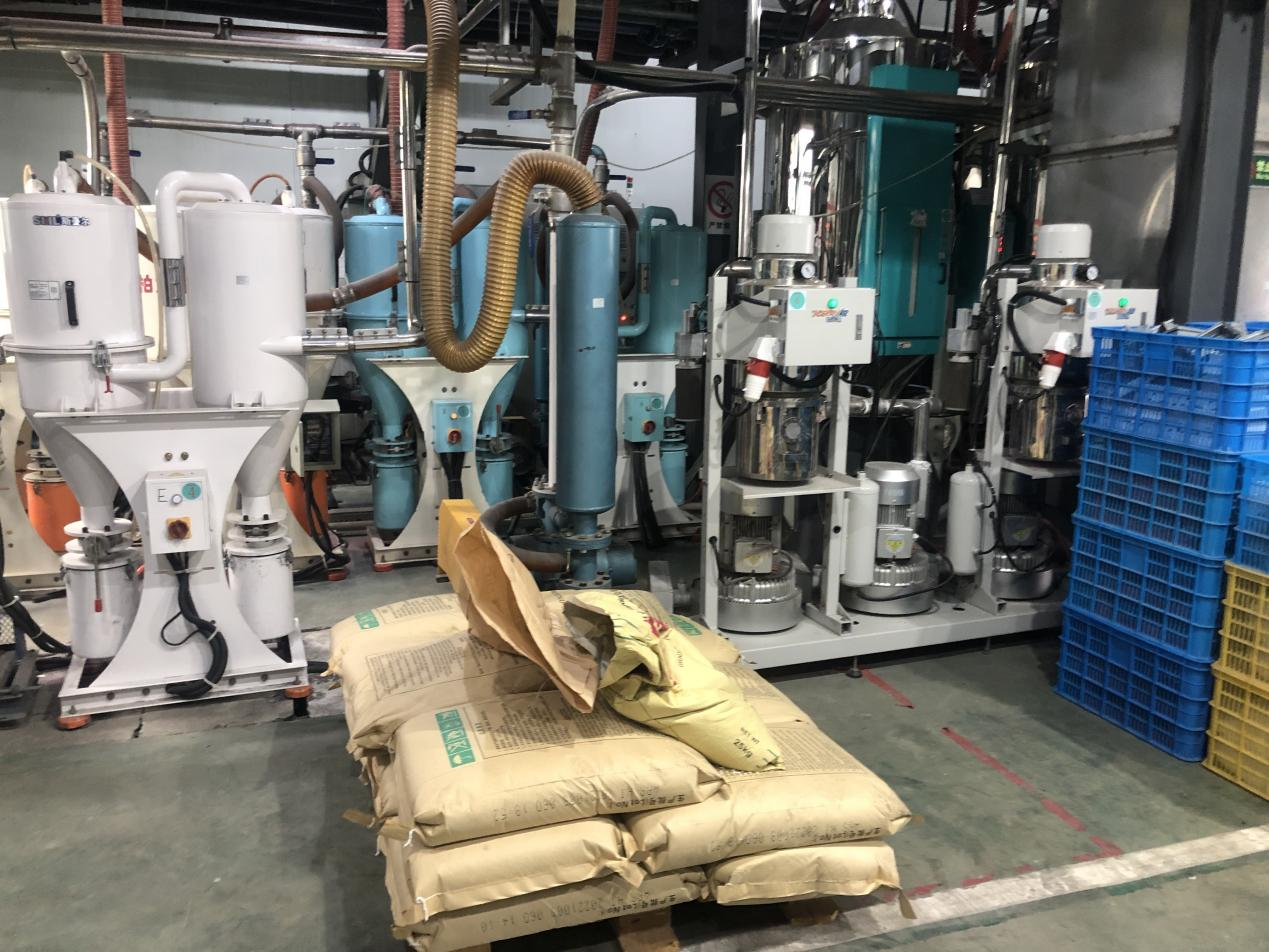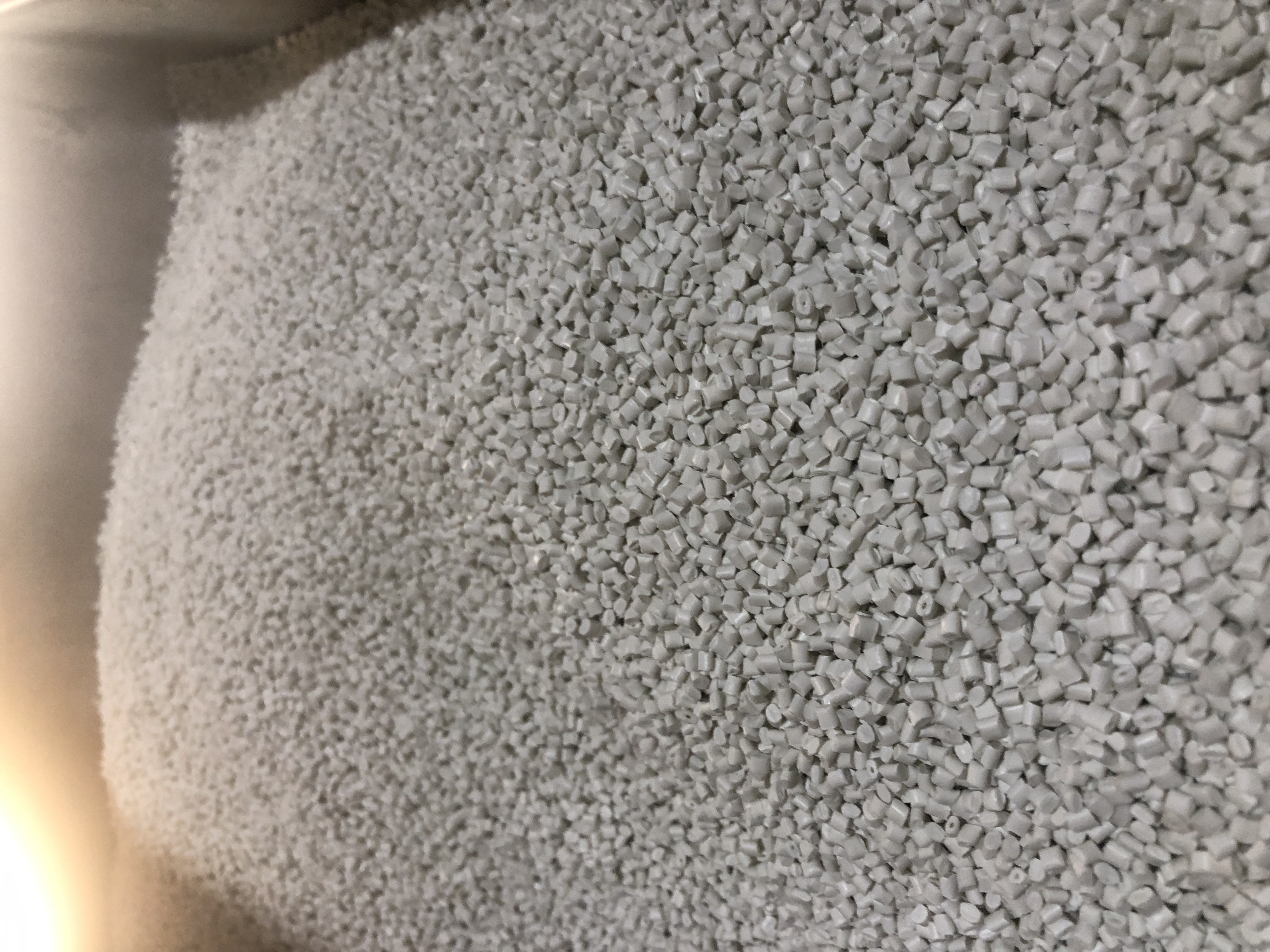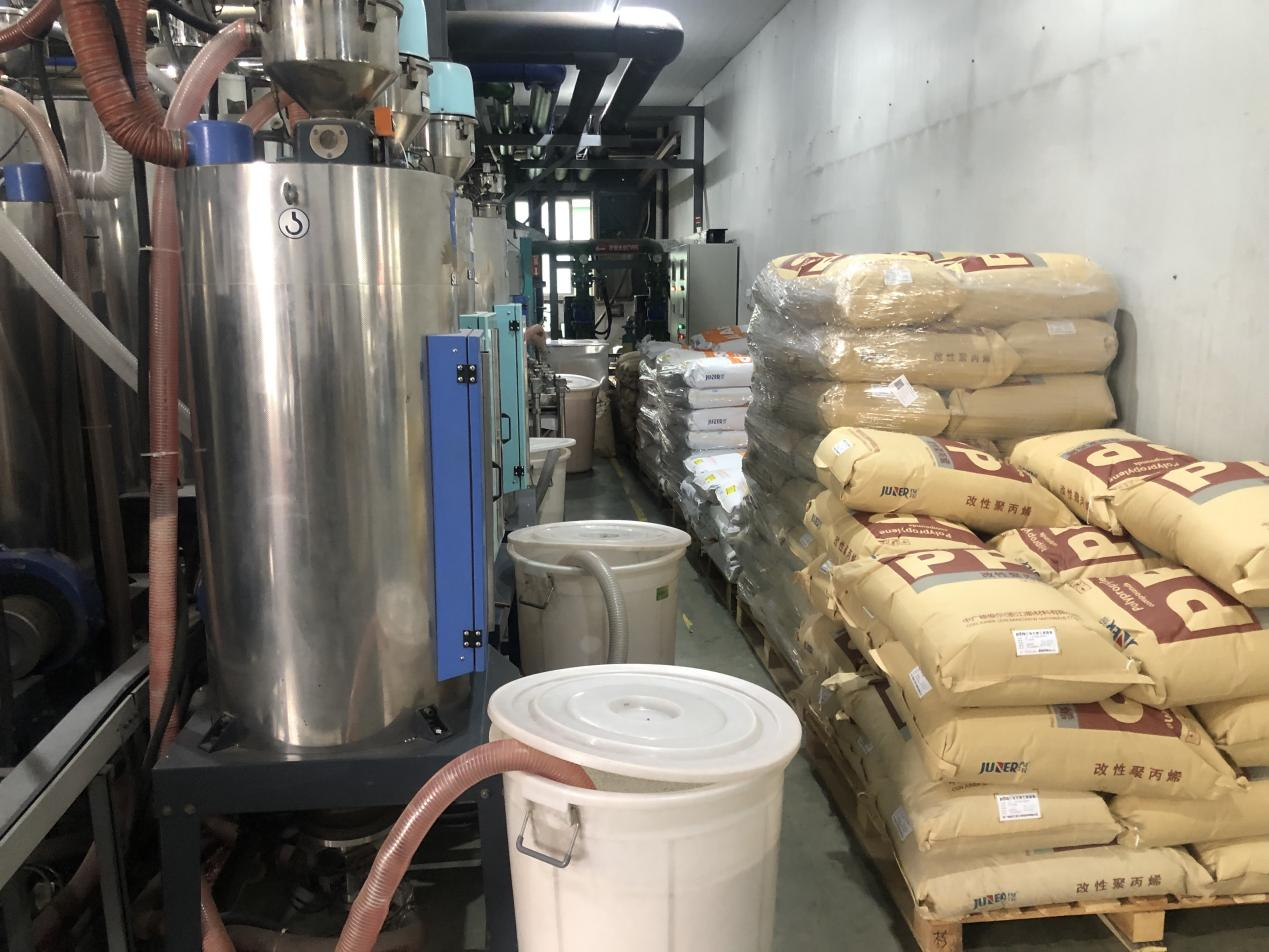By Andy from Baiyear factory
Upated November 2, 2022
Here is the news center of Baiyear’s injection molding industry. Next, Baiyear will divide the injection molding process into several articles to introduce the analysis of the raw materials of the injection molding process, because there are too many content. Next is the sixth article.

(14). PPO (polyphenylene ether)
1. Performance of PPO
Polyphenylene oxide is poly-2,6-dimethyl-1,4-phenylene oxide, also known as polyphenylene oxide, English name Polyphenyleneoxiole (referred to as PPO), modified polyphenylene ether is modified with polystyrene or other polymers. Sexual polyphenylene ether, referred to as MPPO.
PPO (NORLY) is an engineering plastic with excellent comprehensive properties. It has higher hardness than PA, POM and PC, high mechanical strength, good rigidity, good heat resistance (thermal deformation temperature is 126℃), and high dimensional stability (shrinkage temperature). rate of 0.6%), low water absorption (less than 0.1%). The disadvantage is that it is not stable to ultraviolet rays, the price is high, and the dosage is small.
PPO is non-toxic, transparent, has low relative density, and has excellent mechanical strength, stress relaxation resistance, creep resistance, heat resistance, water resistance, and water vapor resistance. Good electrical properties in a wide range of temperature and frequency variation, no hydrolysis, small molding shrinkage, flame retardant and self-extinguishing, poor resistance to inorganic acids, alkalis, aromatic hydrocarbons, halogenated hydrocarbons, oils, etc., easy to swell Or stress cracking, the main disadvantages are poor melt fluidity, difficult processing and forming, most of the practical applications are MPPO (PPO blends or alloys), such as PS modification of PPO, can greatly improve the processing performance, improve stress cracking resistance and impact resistance Performance, cost reduction, just a slight reduction in heat resistance and gloss.
Modified polymers include PS (including HIPS), PA, PTFE, PBT, PPS and various elastomers, polysiloxane, PS modified PPO paraffin, the largest product, MPPO is the most used general engineering plastic alloy variety. The larger MPPO varieties are PPO/PS, PPO/PA/elastomers and PPO/PBT elastomer alloys.

2. Process characteristics of PPO:
PPO has high melt viscosity, poor fluidity, and high processing conditions. Before processing, it needs to be dried at a temperature of 100-120 °C for 1-2 hours, the molding temperature is 270-320 °C, and the mold temperature is preferably controlled at 75-95 °C. processing. In the production process of this plastic beer plastic, jet flow pattern (serpentine pattern) is easy to be produced in front of the nozzle, and the flow channel of the nozzle is preferably larger.
Minimum thicknesses range from 0.060 to 0.125 inches for standard moldings and 0.125 to 0.250 inches for structural foams, and flammability ranges from UL94 HB to V-O.
3.Typical application range:
PPO and MPPO can be processed by various processing methods such as injection molding, extrusion, blow molding, molding, foaming and electroplating, vacuum coating, printing machine processing, etc., due to the high melt viscosity and high processing temperature.
PPO and MPPO are mainly used in electronic appliances, automobiles, household appliances, office equipment and industrial machinery, etc., using MPPO for heat resistance, impact resistance, dimensional stability, scratch resistance, and peeling resistance;
Paintability and electrical properties: used to make car dashboards, radiator grids, speaker grilles, consoles, fuse boxes, relay boxes, connectors, wheel covers; widely used in the electrical and electronic industry to manufacture connectors, coil windings Spools, switching relays, tuning equipment, large electronic displays, variable capacitors, battery accessories, microphones and other components.
Household appliances are used for televisions, cameras, video tapes, tape recorders, air conditioners, heaters, rice cookers and other parts. It can be used as external parts and components for copiers, computer systems, printers, fax machines, etc. In addition, it can be used as camera, timer, water pump, blower shell and parts, silent gear, pipeline, valve body, surgical instrument, sterilizer and other medical equipment parts.
Large-scale blow molding can be used for large-scale automotive parts such as spoilers, bumpers, and low-foaming molding. It is suitable for the production of large-scale products with high rigidity, dimensional stability, excellent sound absorption, and complex internal structures, such as various machine shells, bases, interiors The bracket and design have great freedom, and the product is lightweight.

(15). PBT polybutylene terephthalate
1. Performance of PBT:
PBT is one of the toughest engineering thermoplastics. It is a semi-crystalline material with very good chemical stability, mechanical strength, electrical insulating properties and thermal stability. These materials have good stability in a wide range of environmental conditions, and PBT has very weak hygroscopic properties. The tensile strength of unreinforced PBT is 50MPa, and the tensile strength of glass additive type PBT is 170MPa. Too much glass additive will cause the material to become brittle.
PBT; crystallization is very rapid, which will cause bending deformation due to uneven cooling. For materials with glass additives, the shrinkage in the process direction can be reduced, but the shrinkage in the direction perpendicular to the process is basically the same as that of ordinary materials.
The general material shrinkage rate is between 1.5% and 2.8%. Materials containing 30% glass additives shrink between 0.3% and 1.6%. Melting point (225% ℃) and high temperature deformation temperature are lower than PET material. The Vicat softening temperature is about 170°C. The glass transition temperature (glass trasitiotemperature) is between 22°C and 43°C.
Due to the high crystallization rate of PBT, its viscosity is very low, and the cycle time of plastic parts processing is generally low.
2. Process characteristics of PBT:
Drying: This material is easily hydrolyzed at high temperatures, so drying prior to processing is important. Recommended drying conditions in air are 120C for 6~8 hours, or 150C for 2~4 hours.
Humidity must be less than 0.03%. If drying with a hygroscopic desiccator, the recommended conditions are 150°C for 2.5 hours. The processing temperature is 225~275℃, and the recommended temperature is 250℃. For the unreinforced material, the mold temperature is 40~60℃. The cooling channel of the mold should be well designed to reduce the bending of the plastic part. The heat dissipation must be fast and even.
The recommended diameter of the mold cooling channel is 12mm. The injection pressure is moderate (up to 1500bar), and the injection speed should be as fast as possible (because the PBT solidifies very quickly). Runner and gate: It is recommended to use a circular runner to increase the transmission of pressure (experience formula: runner diameter = plastic part thickness + 1.5mm).
Various types of gates can be used. Hot runners can also be used, but care should be taken to prevent leakage and degradation of the material. The gate diameter should be between 0.8~1.0*t, where t is the thickness of the plastic part. If it is a submerged gate, a minimum diameter of 0.75mm is recommended.
3.Typical application range:
household appliances (food processing blades, vacuum cleaner components, electric fans, hair dryer housings, coffee utensils, etc.), electrical components (switches, motor housings, fuse boxes, computer keyboard keys, etc.), automotive Industrial (radiator grilles, body panels, wheel covers, door and window components, etc.
So much knowledge has been introduced in this area. For more other knowledge, Baiyear will update it as soon as possible. We will always update plastic raw materials, injection molding processing, injection molding equipment introduction, mold design, mold carving, mold making equipment introduction, sheet metal processing, Knowledge news on distribution box production, metal box production, sheet metal processing equipment introduction, waterproof junction box, waterproof window cover, etc. If you are interested in the above knowledge, you can contact me at any time, I will be happy to serve you and look forward to your arrival.
Contact:Andy Yang
What’s app : +86 13968705428
Email: Andy@baidasy.com
Post time: Nov-29-2022






